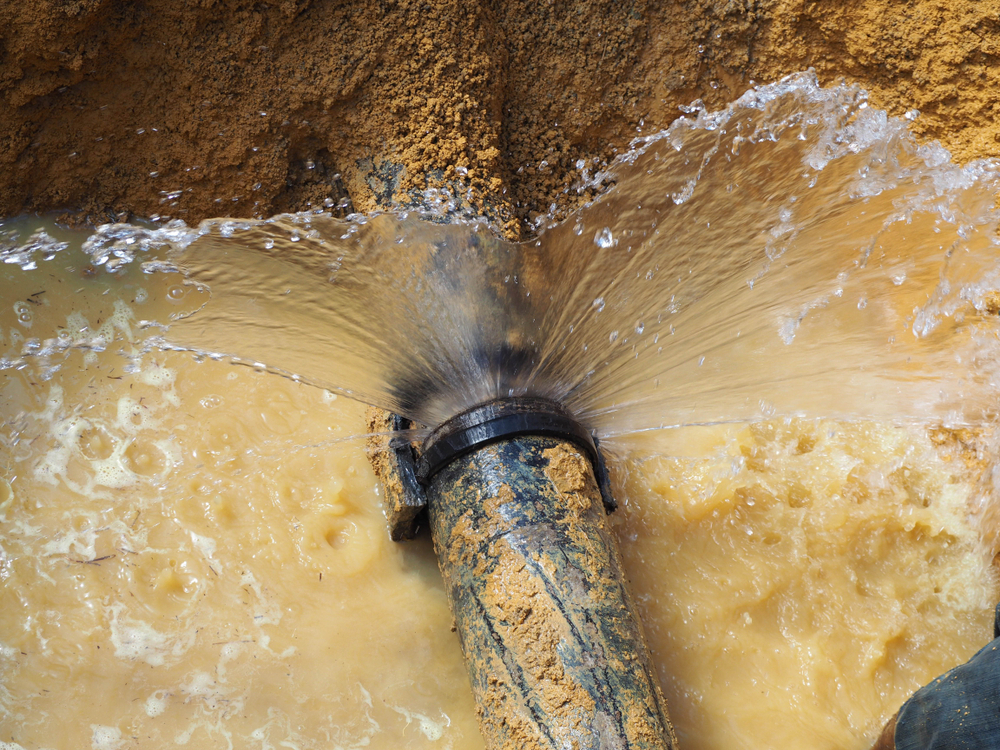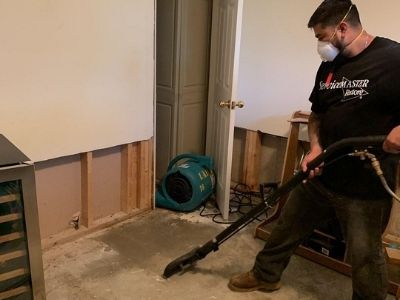From Detection to Correction: A Fast Approach to Handling Burst Pipes
From Detection to Correction: A Fast Approach to Handling Burst Pipes
Blog Article
What are your opinions about How to install a dishwasher safely?

A ruptured pipe is a major emergency; you can just stand as you see water you pay dearly to reunite with the earth. In worse situations, you observe a swimming pool on your cooking area flooring, which is a great journey danger, especially if you have children around. If the pipeline that ruptured was in your walls, trouble: you might need to repaint that whole area.
How can a disaster like a ruptured pipeline be prevented as well as handled? Well, by paying attention to your professional emergency plumbings as well as complying with these regulations.
Just how do I know when my pipes have burst?
Changing water stress
Pipelines do not just burst in a day. You may have discovered that your kitchen area faucet or shower does not run immediately when you turn the faucet. It might stop for a couple of secs and then blast you with more force than typical.
In other circumstances, the water might appear regular in the beginning, after that decrease in stress after a few seconds.
Wet walls and water spots
Before a pipe bursts, it will certainly leakage, most times. If this persistent leaking goes unnoticed, the leak may graduate into a broad laceration in your pipe. One simple method to avoid this emergency is to watch out for wet wall surfaces advertisement water discolorations. These water discolorations will certainly lead you right to the leakage.
Puddles under pipelines and also sinks
When a pipeline ruptureds, the discharge develops a puddle. It may show up that the puddle is expanding in dimension, and regardless of how many times you wipe the puddle, in a couple of minutes, there's one more one waiting to be cleansed. Frequently, you might not have the ability to map the puddle to any type of noticeable pipes. This is an indication to call an expert plumber.
Untraceable trickling noises
Pipe ruptureds can happen in one of the most unpleasant places, like within concrete, inside wall surfaces, or under sinks. When your house goes quiet, you may be able to listen to an annoyingly relentless leaking noise. Even after you have actually inspected your shower head and cooking area tap, the dripping might continue.
Beloved visitor, the trickling may be originating from a pipe inside your wall surfaces. There isn't much you can do regarding that, other than inform an expert plumber.
Turn off the Water
When water ices up, it expands in quantity by about 9 percent. As well as it expands with tremendous force: The stress inside pipes might go from 40 pounds per square inch to 40,000 psi! No pipe can hold that much stress, so it breaks open. The break might occur where the ice types, yet more often, it takes place where water pressure locates a weak spot in the pipeline. That might be inches or even feet from the icy location. Find the water shutoff valve as well as switch off the water to stop more damage. You may also need to turn off the power as well, depending on where the leaks happens and just how big it is.
Contaminated water
Lots of people presume a ruptured pipeline is a one-way electrical outlet. Fairly the contrary. As water spurts of the hole or wound in your plumbing system, contaminants discover their method.
Your water might be polluted from the resource, so if you can, examine if your water container has any problems. However, if your drinking water is supplied as well as cleansed by the city government, you ought to call your plumber right away if you see or smell anything amusing in your water.
What do I do when I find a burst pipeline?
Your water meter will certainly continue to run even while your water wastes. To lessen your losses, locate the main controls as well as transform the supply off. The water pipe are an above-ground framework at the edge of your building.
How to Fix & Detect a Leaking Pipe
How Do I Know if a Pipe is Leaking?
Leak detection tests can help you determine if your pipe has a leak. Even if you don’t see an apparent leak, you should still conduct leak detection tests regularly to save water and money—and prevent major damage to your home.
Water meter. It can be helpful to figure out what your usual water meter usage numbers are and then monitor them regularly. To monitor your meter, first, turn off all water faucets in your home. Check the meter and write down the numbers. In a few hours, check the meter again. If the numbers have changed, you have a leak. Water gauge. Use a water gauge to test your water pressure. Your showerhead should produce a certain amount of water pressure based on its model and design. If the pressure is lower than it is supposed to be for that specific showerhead, your home likely has a leak. Puddles. Look inside your bathroom, laundry, and kitchen sink cabinets. Puddles around the cabinets or around toilets, tubs, showers, and washing machines indicate the presence of a leaking pipe. You may also notice loose tiles, peeling or flaking paint, or mold caused by water accumulation. Napkin test. Even if you don’t see any puddles, you may still have a leak. You can test for water leaks in the bathroom, laundry, and kitchen by wiping below-sink connections with a napkin, paper towel, or piece of toilet paper. If it becomes damp, you probably have a leaking pipe under the sink. Discolored walls. Walls that are discolored—usually with brown or yellow stains—or bulging might mean that they have been impacted by water damage caused by a leaking pipe. Smell. A leaky pipe will create sitting water, and over time, that water may develop a musty smell. If your home smells musty, but you can’t locate the source, it may be due to a leak. Steps for Fixing a Leaking Pipe
A leaky drain can be remedied by tightening the pipe base, replacing the drain seal, caulking the rim, and tightening the pipe nut. Similarly, a leaking toilet pipe can be treated by tightening the packing nut. You may also need to replace the valve. A leaky faucet may just need tightening or replacement of the washers. If that doesn’t work, consider replacing your faucet. If your pipe has a hole in it, you may want to use a pipe leak sealer or pipe leak tape. This quick fix for water pipe leaks can also temporarily fix a copper pipe leak. https://www.ahs.com/home-matters/quick-tips/how-to-tell-if-pipes-are-leaking/

As a person who reads about How to Prepare for Your Dishwasher Installation, I imagined sharing that post was really useful. Feel free to take a moment to share this content if you enjoyed it. We love reading our article about What to Know Before Installing a Dishwasher.
Hire A Pro
Report this page